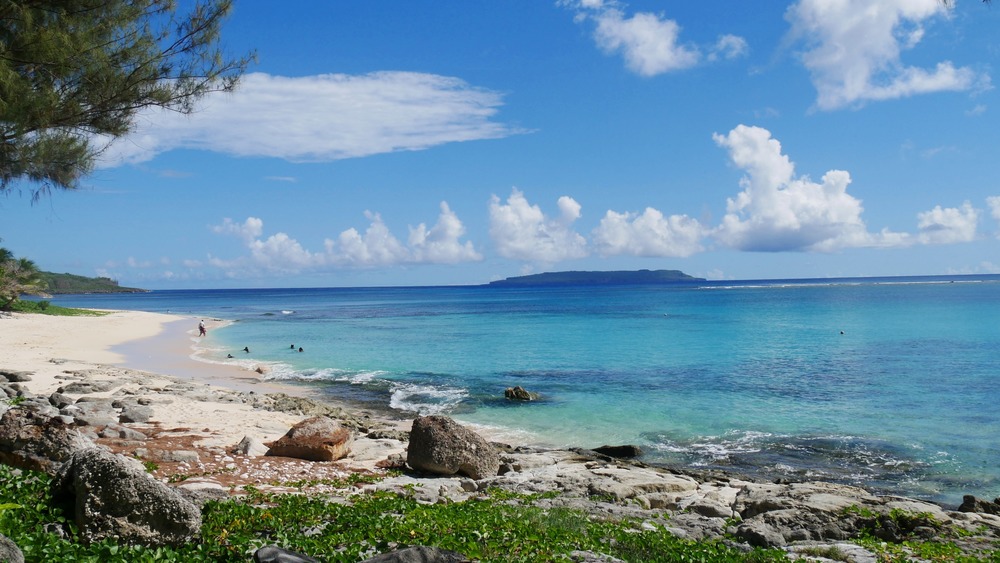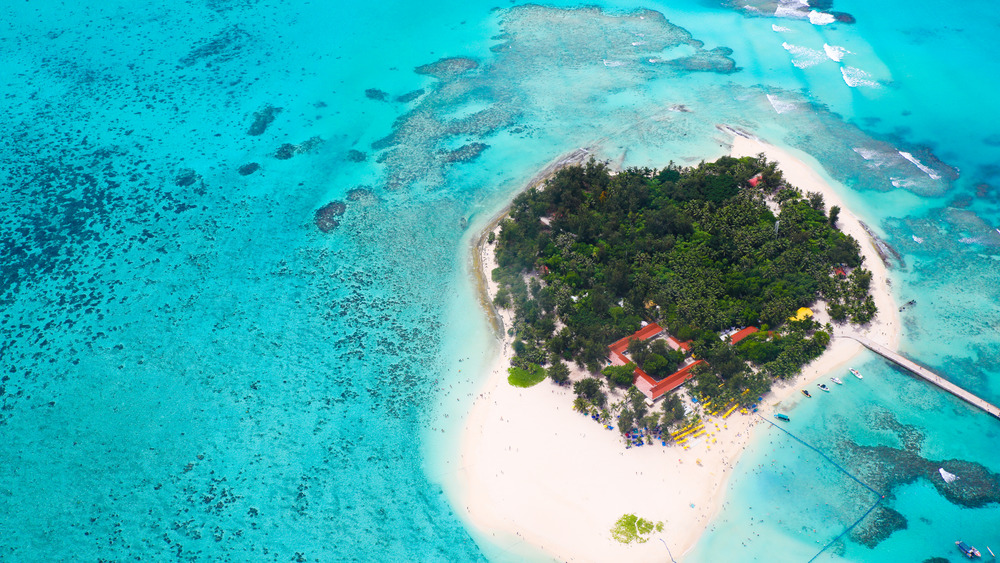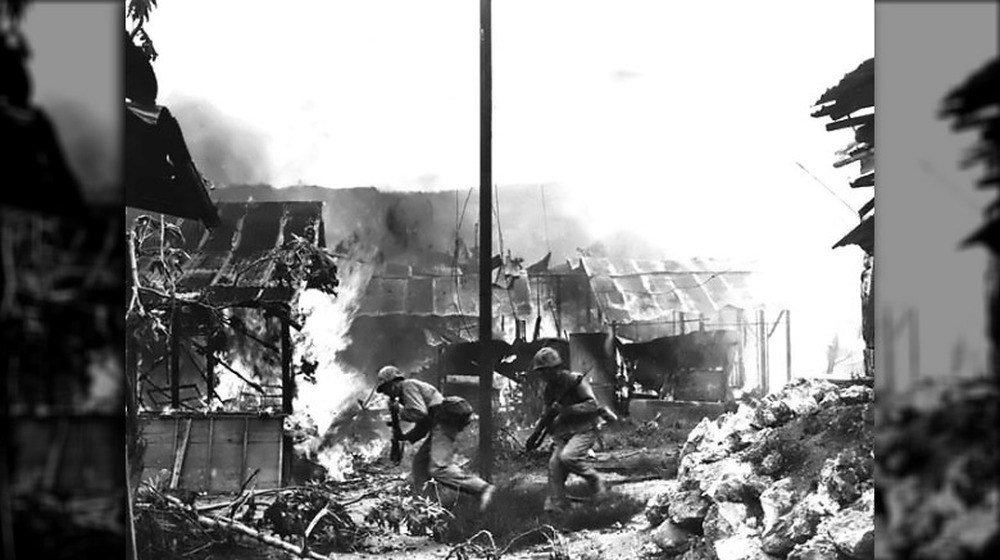How The United States Stole The Northern Mariana Islands
Like many other islands the United States has stolen, the Northern Mariana Islands have a long history of being pushed around by colonial powers. Together with Guam — which is geographically part of the Mariana islands, but technically a different U.S. territory — the 14 Micronesian islands located north of Indonesia make up the United States' westernmost territories. Like Puerto Rico, the Northern Marianas are now a commonwealth, a self-governing unit that enjoys some rights under U.S. control, such as U.S. citizenship and limited representation in the federal government. But this limited independence only came after centuries of exploitation and oppression by colonial nations. And then the natives — known as Chamorros — and foreign-born workers had the ruthlessness of the free market to deal with.
According to Britannica, archaeological evidence points to the original settlement of the islands by peoples from Southeast Asia, most likely from the Philippines. The first European to set foot on the Marianas was Portuguese explorer Ferdinand Magellan, who was sailing under the auspices of Spain, in 1521. It is not clear to history exactly which island he landed on, but when he left he named them the Ladrones, which is Spanish for "Thieves." Although he was sailing around stealing land and resources from people all over the world, the Mariana islanders were the thieves, because they stole one of the skiffs from his fleet.
Spanish colonial rule of the Northern Mariana Islands
The next prominent explorer to arrive in the Marianas was Miguel López de Legazpi, who claimed Spanish sovereignty over them but did not establish any actual colonies, since the Spanish were more worried about doing that in the Philippines, the Moluccas, Mexico, and elsewhere in the Americas. The British explorer Thomas Cavendish and his shipmates stopped by in 1588 to trade a few things and then shoot at the islands as they left, in order to discourage any of the natives from leaving their island paradise to follow them. These early explorers brought economy, in the form of trade, but they also brought new diseases which wiped out much of the indigenous population of the islands.
Permanent colonization by the Spanish wouldn't come for another century, when Jesuit priest Diego Luis de Sanvitores brought colonists and Christianity to the islands. He named them the Marianas after the Spanish regent Mariana of Austria, who had financed their voyage. They established schools and churches, then did the usual killing and relocating of natives when they resisted the new religion. By the time the Spanish empire began degrading at the end of the 19th century, other world powers like England and Germany set their sights on the Marianas, but their designs were cooled by the intervention of the pope. The Spanish finally lost their grip on the islands when they went to war with the United States in 1898.
The United States gains control of the Northern Mariana Islands
By 1899, the U.S. Navy had trounced the Spanish fleet in the Philippines and taken Guam, so Spain sold the rest of the Marianas and its other colonial possessions to Germany. This is when the official division of Guam and the Northern Mariana Islands took place. The Germans held the islands until the outbreak of World War I, when Japan took possession of them and was officially granted control over them by the Treaty of Versailles. The Japanese briefly took Guam during World War II, but the U.S. recaptured it and the other Marianas in 1944, then used three of the islands as bombing bases. The atomic bombings of Hiroshima and Nagasaki were staged from Tinian, one of the Northern Mariana Islands.
According to The American Presidency Project, the United States began administering the Northern Marianas — along with the Marshall Islands, the Federated States of Micronesia, and Palau — as a trust territory in 1947. In 1975, the islands voted to be established as a self-governing commonwealth. Toward the end of the 20th century, the Marianas became a hotbed of worker exploitation, as the commonwealth was exempt from U.S. labor and immigration laws. Garment factories brought in workers from China, the Philippines, and Bangladesh and provided very poor working conditions. These conditions were improved after the U.S. government imposed a minimum wage on the island and improved working conditions in other areas, as well.


